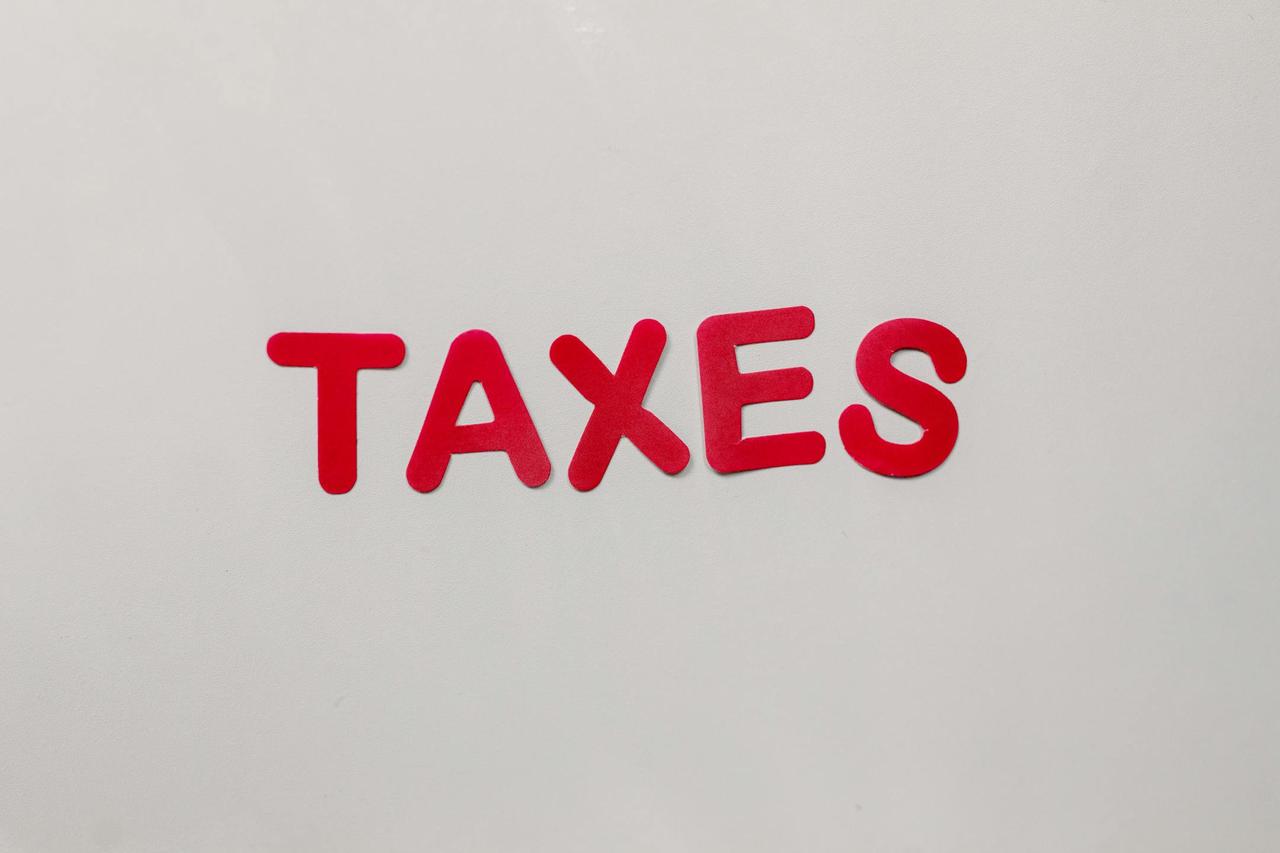A personal account alleging unauthorized dependency claims involving Sanford Barsky M.D.. Allegations and opinions only; Right-of-Reply available.
Introduction
After my divorce in 2022, I allege that Sanford Barsky listed me as a dependent in multiple tax years without my authorization. This post shares my perspective, the actions I took to address it, and the impact on my life. I am not publishing private tax returns here; all supporting materials are preserved offline for lawful authorities.
Timeline (allegations only)
- 10/2022 — Divorce decree entered. (Month approximate; update if needed.)
- 07/2025 — Discrepancies discovered for tax years 2020–2024.
- 08/2025 — Notices sent to Sanford Barsky requesting correction.
- 08/2025 — Identity-protection steps taken (IRS IP PIN; certified mail proofs).
- Status (as of 09/20/2025): Unresolved
Why this Matters
Unauthorized dependency claims can cause lasting financial harm. In my case, I allege that Sanford Barsky’s filings after our 2022 divorce created years of disputes over my tax status. Even one disputed dependency claim can trigger delayed refunds, identity-protection headaches, and credibility issues with the IRS. It was allegedly. stated on his taxes that I live with him in Tenessee but I have never been to the state of Tenessee and in fact, I am struggling financially and I can not get government help because the IRS believes we are a wealthy, happy, sucessful couple who earn over 400 k a year.
This is not just about numbers on a return — it is about financial stability, housing, and dignity. By sharing my experience, I aim to highlight the red flags others should watch for and show how a dispute like this can ripple through every part of someone’s life.
Actions I Took
- Documented dates, notices, and certified-mail receipts to create a clear paper trail.
- Applied for and activated an IRS Identity Protection PIN to prevent further misuse of my information.
- Preserved correspondence and organized logs for potential review by lawful authorities.
- Consulted official IRS resources about information referrals, identity theft affidavits, and other relief options.
- Kept all supporting materials offline — I have not posted private tax returns or sensitive identifiers on this website.
- I am currently preparing a federal complaint alleging identity theft and IIED.
Human Impact
This dispute has not been abstract for me — it has shaped my daily reality. While I allege that Sanford Barsky claimed me as a dependent without authorization, I was dealing with housing instability, unexpected lodging costs, and mounting financial pressure.
The stress of trying to protect my identity and correct disputed filings compounded an already difficult post-divorce period. Sharing these allegations publicly is about transparency and accountability, not retaliation, and about showing how paperwork choices on a return can cascade into someone else’s life.
Right-of-Reply
If you are Sanford Barsky or an authorized representative, you are welcome to submit a correction or statement regarding these allegations. Verified factual corrections will be reflected promptly and noted with a dated changelog entry.
This ensures transparency and fairness: the goal of this post is to document my perspective and experiences while leaving space for clarification. Please do not send private tax returns or sensitive identifiers through public forms or email.



